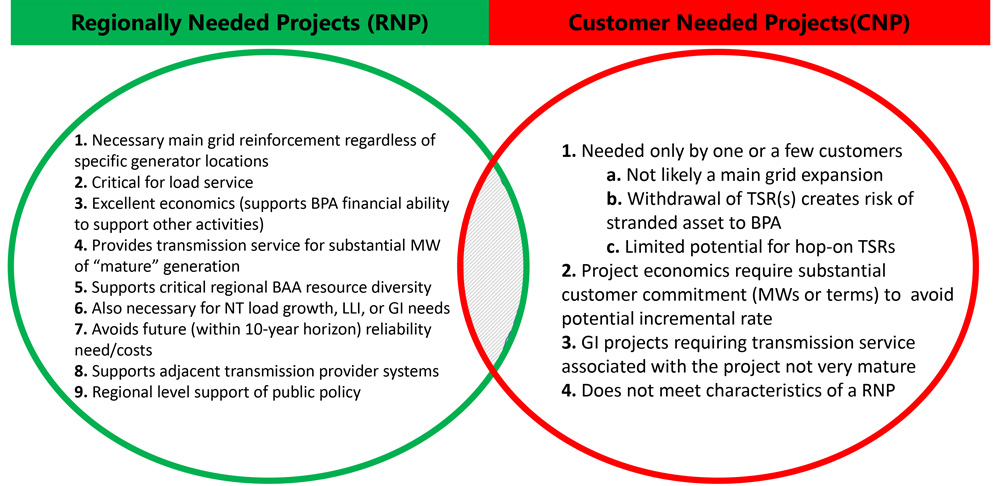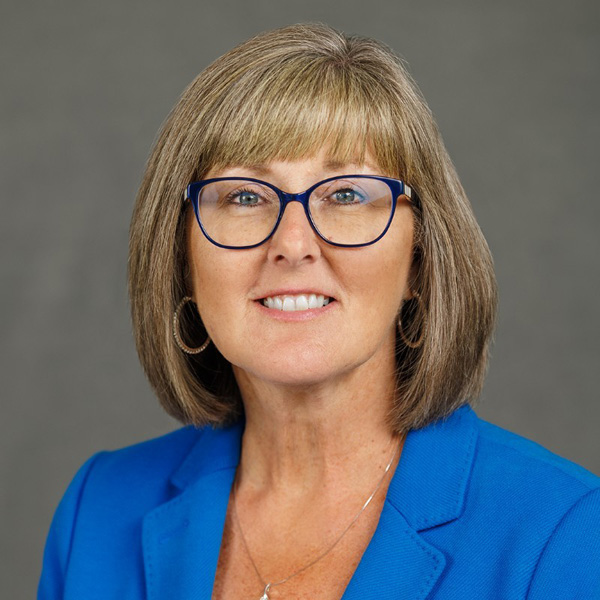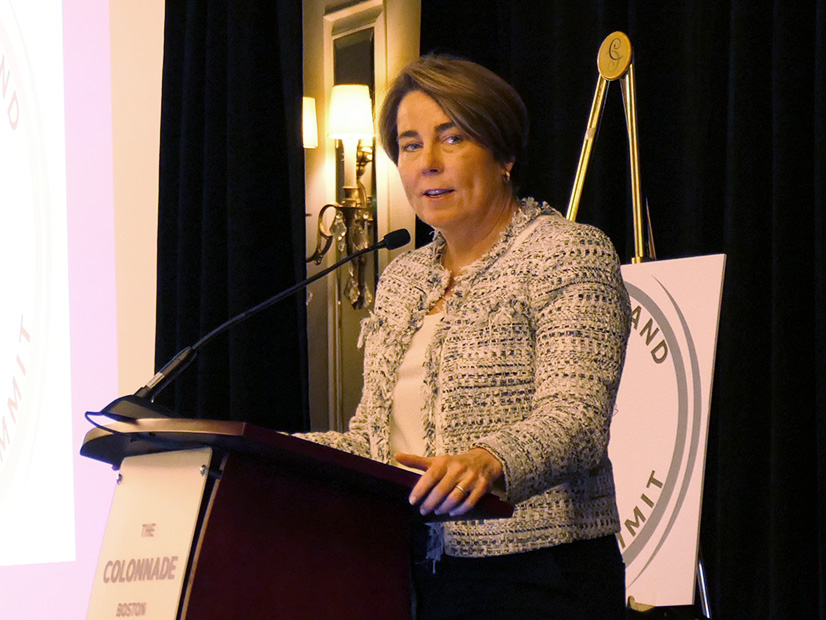Stakeholders are urging the Bonneville Power Administration to provide more transparency regarding the agency’s multibillion-dollar initiative called the Evolving Grid Project (EGP).
BPA launched the effort in April 2023 to address Oregon and Washington clean energy targets, new renewable resource additions, increased electrification of transportation, industry and buildings, and the growing need for resiliency in the face of extreme weather events.
BPA is working on 23 transmission projects with an estimated cost of $5 billion under the EGP. The proposed projects resulted from reliability studies, forecasts and BPA’s 2023 Transmission Service Request Study and Expansion Process (TSEP).
The initiative aims to increase capacity and spur regional growth in BPA’s service area. The agency announced the first 10 “EGP 1.0” projects in July 2023 and revealed the second batch in a news release Oct. 15.
However, during the agency’s Evolving Grid stakeholder workshop Dec. 4, participants called for more clarity about how the EGP will affect customers, funding decisions and other projects the agency is working on.
Lauren Tenney Denison, director of market policy and grid strategy at the Public Power Council, said some EGP decisions on the business case could have benefited from robust public conversations and processes, as has been the case with other BPA projects.
“And so when the first Evolving Grid projects moved through, it was like, ‘Whoa, we didn’t talk about that,’” Denison said.
Some participants in the meeting also targeted a chart in BPA’s presentation, in which the agency outlined factors to distinguish between “regionally needed projects” (RNPs) that would fall under EGP standards and “customer needed projects” (CNPs) that would benefit only a small set of customers.
RNPs would have to meet criteria such as being “critical for load service,” providing transmission service for a “substantial” amount of “mature” generation, supporting the region’s resource diversity and offering “regional level support of public policy.” CNPs, on the other hand, would not represent an expansion of the main grid, would require “substantial customer commitment” to avoid resulting in an incremental rate increase and would possibly provide interconnection for projects that are “not very mature.”
Approval of any project would be subject to the discretion of BPA Administrator John Hairston, agency officials noted.
Gray Area
Denison sought more clarity on whether a customer must meet all criteria to have a project developed under EGP and why some projects fall in a gray area.
“Probably nothing checks every box, and something checks a lot of boxes, or half the boxes,” Denison said. “So just understanding a little bit more of how that balances with how BPA is both looking at the projects coming through TSEP, but also how BPA is evaluating from a larger perspective what it needs to call something an evolving grid project and what that means for the other work that BPA has going on too.”
Henry Tilghman, a consultant representing the Northwest & Intermountain Power Producers Coalition, similarly argued the chart should be considered a spectrum, saying it’s “a concern for NIPPC that there isn’t more transparency around why some projects become considered regionally needed and why some are not.”
Tilghman also called for more details on the different factors in the chart to help customers better understand how the administrator determines which projects fall under EGP standards.
Jeff Cook, BPA’s vice president of transmission planning and asset management, said the agency would investigate how it can increase transparency in the process.
“I know overall, BPA is working on transparency as a general theme, regardless,” Cook said. “We’ve had numerous discussions with various groups, whether it’s projects, how we prioritize them, how we rank them … what’s the status of them. So, we’ll kind of weave that into that whole discussion around transparency, but that’s a key theme that BPA is working on already.”
Richard Shaheen, BPA senior vice president of transmission services, agreed, saying the agency wants to share accounting principles and legal principles. However, he noted that balancing transparency and speed of delivery can be tricky.
“Public processes take time, weeks and weeks off, you know, arranging discussions and follow-ups and so on and so forth,” Shaheen said. “So I’m not disagreeing with the desire, and we want to provide that transparency, but I also want everyone to kind of be conscious of not sacrificing delivering projects as expedient as possible.”



